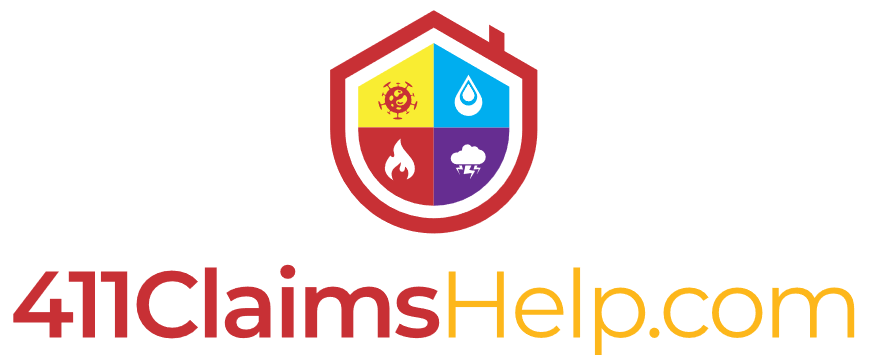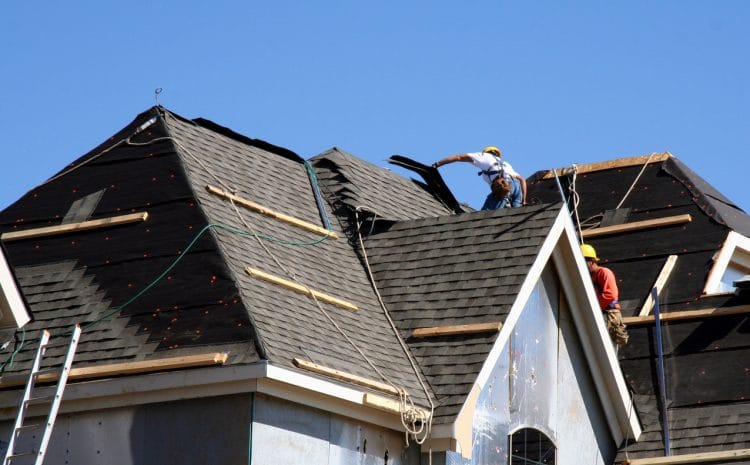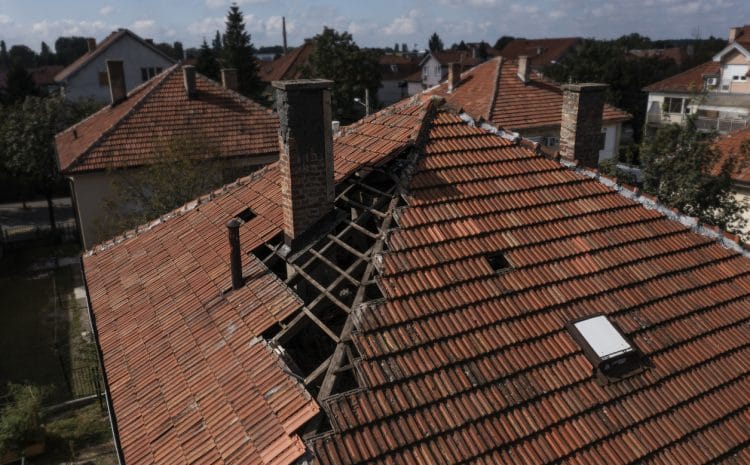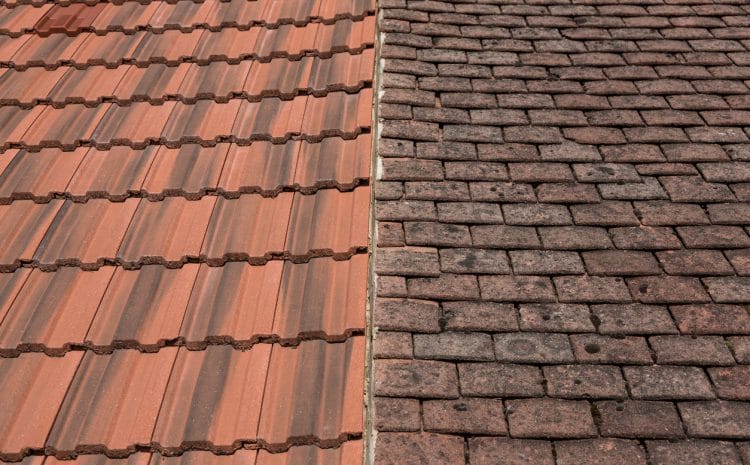Will Insurance Cover a 20 Year-Old Roof or Deny Your Claim?
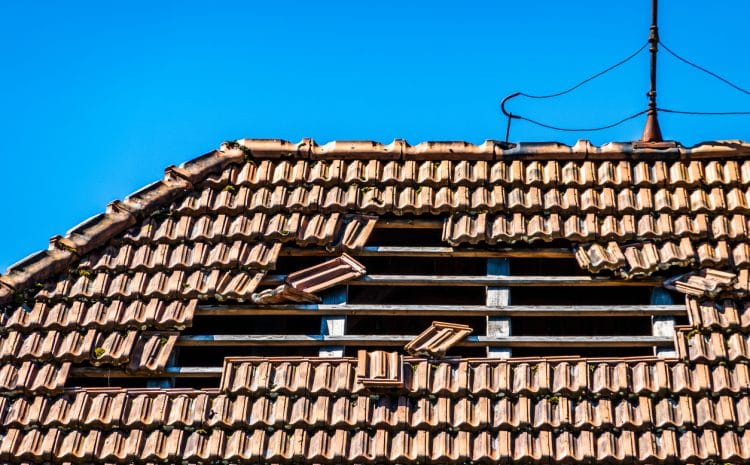
Homeowners often wonder: will insurance cover a 20 year-old roof, or will the age of the roof lead to a denied claim? Roofs are one of the most critical parts of your home, yet also one of the costliest to replace. Insurance coverage becomes a gray area once a roof hits 15, 20, or even 30 years old. Policies vary, but most insurers consider roof age, condition, and maintenance history before approving claims. Understanding these details helps you prepare, avoid surprises, and protect your home when damage strikes. In this guide, we’ll explore how roof age affects coverage, what insurers look for, and how you can still get homeowners insurance with an old roof.
Will Insurance Cover a 20 Year-Old Roof?
A 20 year-old roof falls right at the point where many insurers start scrutinizing claims more closely. While some policies still provide coverage for damage caused by sudden events—like hail, windstorms, or falling trees—other policies may deny coverage simply because of the roof’s age. Insurers often argue that a roof nearing the end of its life is prone to wear and tear, which is not covered.
However, many insurance companies distinguish between “actual cash value” (ACV) and “replacement cost value” (RCV). With ACV coverage, the insurer reimburses you for the roof’s depreciated value, meaning a 20 year-old roof may only qualify for a fraction of replacement costs. With RCV coverage, you may get the full cost of replacing the roof, but such policies are less common for roofs over 20 years old.
Will Insurance Cover a 15 Year-Old Roof?
At 15 years, most roofs are still considered serviceable, depending on material. Asphalt shingles generally last 20–25 years, so a 15 year-old roof may still receive full coverage. Many insurers will cover sudden damage but could already begin applying depreciation in ACV-based policies. To maintain coverage, homeowners should show proof of regular inspections and maintenance.
Will Insurance Cover a 25 Year-Old Roof?
By 25 years, the majority of standard asphalt roofs are well past their expected lifespan. Insurers often deny claims altogether at this age, citing wear and tear. Even if coverage is approved, it will likely be based on ACV, meaning the payout will be minimal compared to actual replacement costs. For homes with higher-quality roofing materials such as metal or tile, insurers may extend limited coverage if maintenance records are strong.
Will Insurance Cover a 30 Year-Old Roof?
A 30 year-old roof is rarely insurable under standard policies, especially if made of asphalt shingles. Most insurers will deny coverage outright, unless the roof is made of premium materials like slate, which can last 50–100 years. Even then, coverage will typically be limited. If you’re hoping for insurance to replace an old roof at 30 years, the chances are slim unless damage results from a sudden peril, and even then the payout may not be significant.
Can I Get Homeowners Insurance With an Old Roof?
Yes, but with limitations. Many insurance companies impose strict age cutoffs—often 20 years for shingles and 40 years for tile or metal. If your roof is older, some insurers may only offer limited coverage or may require proof of an inspection to ensure the roof is in good condition.
To increase your chances:
- Provide documentation of maintenance and repairs.
- Get a professional roof inspection before applying.
- Consider upgrading to at least partial repairs before seeking coverage.
- Shop around with insurers known to work with older homes.
The Florida Office of Insurance Regulation, for example, provides guidance on roofing coverage standards, which shows that laws and insurance practices vary by state (source: Florida OIR).
How to Get Homeowners Insurance With an Old Roof
If your roof is over 20 years old, you can still secure homeowners insurance by being proactive:
- Schedule a roof inspection and keep written proof.
- Complete minor repairs before applying for coverage.
- Explore insurers specializing in older homes or high-risk coverage.
- Compare policy options—some may still offer replacement cost coverage for older roofs with premium materials.
Insurers want assurance that your roof is safe, even if it’s old. Being prepared makes it easier to negotiate terms.
What Is Actual Cash Value of a 20 Year-Old Roof?
The “actual cash value” (ACV) of a 20 year-old roof refers to its replacement cost minus depreciation. For example, if a new roof costs $15,000 and your roof is 20 years into a 25-year lifespan, depreciation could reduce coverage to just 20% of that amount—or about $3,000. This leaves homeowners covering the bulk of replacement costs themselves.
That’s why understanding whether your policy is ACV or RCV is crucial. Many homeowners are surprised at settlement time when they realize their policy only pays depreciated value.
Will Insurance Replace an Old Roof?
Insurance rarely replaces a roof simply because it is old. Coverage generally applies only if damage results from a sudden, covered peril such as hail, fire, or wind. Age-related wear, leaks, or curling shingles are considered maintenance issues and excluded from coverage. However, if a storm tears off shingles on a 20 year-old roof, the insurer may approve partial replacement—though reimbursement may be limited to ACV.
How Old Can a Roof Be for Insurance?
This varies by insurer and roof material:
- Asphalt shingles: 15–20 years
- Wood shingles: 20–25 years
- Metal: 30–40 years
- Tile/Slate: 40–100 years
Some insurers cut off coverage at 20 years regardless of material. Others may allow older roofs if you can provide inspection records. According to the Insurance Information Institute (III.org), insurers set these standards based on the average lifespan of roofing materials and risk assessments.
Will Insurance Cover an Old Roof?
The short answer: sometimes, but not always. Coverage for old roofs depends on policy type, roof material, maintenance, and state regulations. A well-maintained roof with regular inspections stands a better chance of coverage than one that has been neglected. Homeowners should never assume age alone disqualifies them; documentation and the right insurer make a significant difference.
Frequently Asked Questions
Q1: Will insurance cover a 20 year-old roof if it’s damaged in a storm?
Yes, but coverage may be limited to actual cash value, meaning you won’t receive the full replacement cost.
Q2: Can I get homeowners insurance with a 25 year-old roof?
It’s challenging but possible with certain insurers. Expect limited coverage and higher premiums.
Q3: What is the actual cash value of a 20 year-old asphalt roof?
The ACV depends on depreciation. For a 25-year lifespan, a roof at 20 years may retain only about 20% of its replacement cost value.
Q4: Will insurance replace an old roof due to leaks?
No, insurance generally excludes age-related leaks. Only sudden damage from perils like wind or hail may qualify.
Q5: How old can a roof be for insurance approval?
Most insurers cap asphalt shingle roofs at 15–20 years, while tile and slate roofs can be insured for up to 40+ years with documentation.
Q6: Will insurance cover a 30 year-old roof at all?
Rarely, unless it’s a high-end material like slate. Even then, coverage is often partial and based on ACV.
Conclusion and Next Steps
Roof age plays a pivotal role in insurance coverage decisions. While insurance may cover a 20 year-old roof under certain circumstances, expect stricter limitations as your roof ages. To protect yourself, review your policy carefully, schedule inspections, and document maintenance. If you’re struggling with a claim or need expert guidance, professionals can help you navigate the process.
For trusted local help, connect with a Roof Contractor Florida who understands the state’s unique insurance landscape. If you’re filing or disputing a claim, explore resources for a Property Damage Insurance Claim to get the support you need.
